From The Blue Bill, Quarterly Bulletin of the Kingston Field Naturalists, Volume 14, No. 2 June 1967, pp. 11-12.
By Roland E. Beschel
In 1934 professor W. T. MacClement sent a cactus fragment from “scanty soil in crevices of granite rock, Addington County, Ontario” to the Gray Herbarium of Harvard University. He did not add a specimen to the Fowler Herbarium at Queen’s University, but grew the plant for several years – according to Professor R. O Earl – in the Queen’s University greenhouse. Several botanists hit upon this cactus in the years from 1947 onwards, when J. Gillett of Ottawa made some collections for the Department of Agriculture Herbarium. I heard through Mary Moore of Deep River of the site and finally located it in the fall of 1966. Through further information provided by W. G. Dore of Ottawa I found a much larger cactus stand and led a field trip of the Canadian Botanical Association to the spot on May 30, 1967 (Beschel 1967). As Dr. Dore and myself are writing a more comprehensive article on this highly remarkable occurrence I shall give here only some short comments to whet the appetite of our club members and to ask for help.
Ontario has one cactus occurrence on Point Pelee. This is the nearly spineless Opuntia compressa (Salisb.) Macbr. The cactus of the Kingston region, however is Opuntia fragilis (Nutt.) Haw. It has its next occurrence – according to Gleason and Cronquist (1963) – in Wisconsin and Illinois, at least 600 miles further west. The plant could have immigrated thousands of years ago during the post-glacial warm and dry period, the Xerothermic, and become isolated together with a whole group of southern plants which grow with it, and even the five-lined skink, our only native lizard, in the vicinity of Kaladar. The cactus could also have been brought in the blanket of an Indian or voyageur from the West during the last centuries. Opuntia fragilis, as its name implies, breaks up very easily, and its very spiny joints adhere to clothing and even boots. Every single joint can grow readily into a new plant if it falls on a suitable place. The cacti which I transplanted into my garden have already grown many new joints up to one inch in less than three weeks.
Which of the two possibilities is the true one cannot yet be decided. I favour the first one, but in this case there should be a few more spots of occurrence in the Kaladar region. That is why I am turning to my friends and asking them to help me search the cactus area more thoroughly. It is not easy to spot the cactus in the field. One might find it perhaps most convincingly if one happens to sit down on it, but I admit that this is a cumbersome method of searching. Some description of the site might help to look for similar situations.
The site is located on the west side of Highway 41, 7.2 miles south of the town limit of Kaladar, on the north side of Mellon Creek, at UTM co-ordinates 318/358 on map sheet 31C/11E of the 1:50,000 series. An area of about 50 x 50 yards forms a rounded knob which is bounded on its south and west side by Mellon Creek, on its east side by the highway, and on its north side by a swampy hollow that drains into Little Mellon Lake. The knob is composed of a rather coarse granite, rich in feldspars and poor in quartz, which is an exception within the surrounding area that is composed mainly of rather quartz-rich gneisses. The knob has the cactus growing on over 300 places. It is covered by thin moss mats and by lichens growing partly over the mosses and even over the cactus, as well as on the rock. Selaginella rupestris is common beside some blueberries and barberry (Arcostaphylos uva-ursi). Grasses are relatively rare. Similar openings, balds, which have no forest cover for many centuries, are common to the north and the east of the cactus site. It is possible that cactus grows there too. Should anybody find further places where the Opuntia grows, please contact the writer.
Acknowledgements: The study is supported by the Ontario Dept. for University Affairs and the National Research Council. I am grateful to all my students and colleagues who helped me search for the cactus so far, among them especially W. G. Dore, J. H. Soper, Mrs. M. Moore and R. Hainault.
References:
Beschel, R. E. 1967. Canadian Botanical Association 1967 Annual Meeting in Ottawa, Field Trip 1 to the Kingston Region. (Queen’s University Duplicating), Kingston, 21 pp.
Gleason, H. A. and A. Cronquist, 1963. Manual of Vascular Plants of Northeastern United States and Adjacent Canada. (Van Nostrand) Toronto, 51 + 810 pp.

